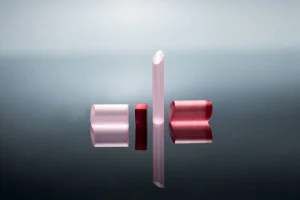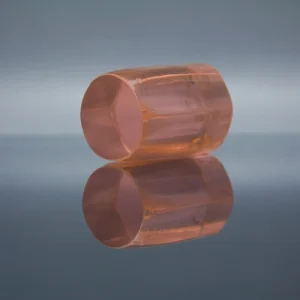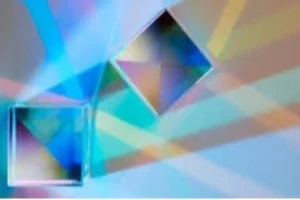Introduction
In the fascinating realm of laser technology, the role of a laser’s gain medium is paramount. It’s the heart of the laser system, responsible for amplifying the light signal and thus significantly influencing its overall performance. In this comprehensive exploration, we will delve into the details of three widely used laser gain media: Neodymium-doped Yttrium Aluminum Garnet (Nd:YAG), Erbium-doped Glass (Er:Glass), and Ytterbium-doped Yttrium Aluminum Garnet (Yb:YAG) crystals.
From their distinct properties and diverse applications to the most recent research developments, we’ll unfold why these crystals stand as cornerstones in the vast field of lasers and photonics. By harnessing their unique capabilities, we’ve made profound strides in technological advancement and continue to push the boundaries of what’s possible, illuminating the path to the future of laser technology.
Unveiling the Nd:YAG Crystal: Key Properties and Characteristics
Nd:YAG crystals are renowned in the laser technology realm for their exceptional properties. They exhibit high thermal conductivity, strong mechanical properties, and excellent optical qualities. Their crystalline structure allows efficient doping with neodymium ions (Nd3+), which are responsible for the laser action.
Perhaps one of the most notable characteristics of Nd:YAG crystals is their high thermal conductivity. This property enables them to dissipate heat effectively, a critical factor in high-power laser applications where heat build-up can potentially cause damaging thermal effects.
In addition, Nd:YAG crystals are known for their robust mechanical properties. They are hard, chemically inert, and resistant to thermal shock, which makes them ideal for use in harsh conditions or demanding applications.
Moreover, Nd:YAG crystals possess superb optical qualities. They are transparent in the region from 0.3 to 5 micrometers, which is important for laser operations. Their high gain, low threshold, and high efficiency make them an optimal choice as a laser medium.
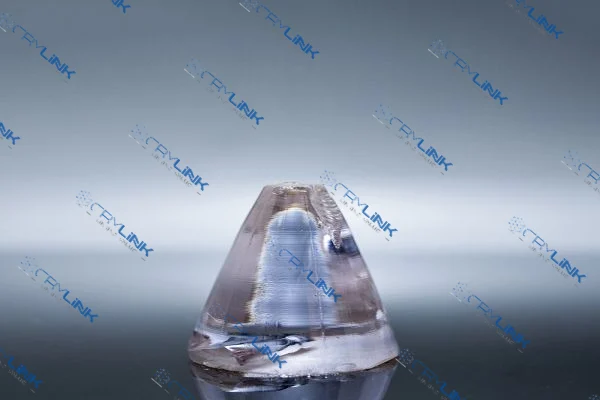
Harnessing the Power of Nd:YAG Crystals: Key Applications
Due to their remarkable properties, Nd:YAG crystals have found their way into various applications. They are predominantly used in solid-state lasers due to their excellent thermal and optical properties. These lasers are used across several sectors, from medicine and dentistry to defense and manufacturing.
In the medical field, Nd:YAG lasers are utilized for various procedures such as laser-induced thermotherapy, photocoagulation in ophthalmology, and laser lithotripsy for kidney stone treatment. Dentists use Nd:YAG lasers for gum disease treatment and tooth whitening.
In the manufacturing industry, Nd:YAG lasers are deployed for laser cutting, welding, and marking of materials, thanks to their high power and precision. In the defense sector, they are employed in laser range finders and designators.
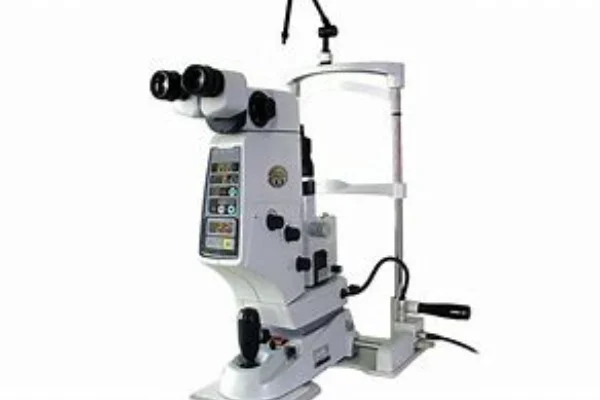
The World of Er:Glass Crystals: Distinct Properties and Characteristics
Erbium-doped glass, or Er:Glass, is a unique laser gain medium known for its strong emission in the infrared region, particularly around 1.5 micrometers. This characteristic wavelength is crucial because it falls in the optimal transmission window for silica fiber, the most common type of optical fiber used in telecommunications.
Er:Glass crystals are also renowned for their long fluorescence lifetime, which results in a high energy storage capability. This property is particularly useful for applications requiring Q-switching, a technique to produce high-intensity laser pulses.
In addition, Er:Glass crystals possess a wide pump band, which allows for efficient pumping with less expensive and readily available laser diodes. This makes them a cost-effective choice for many laser systems.
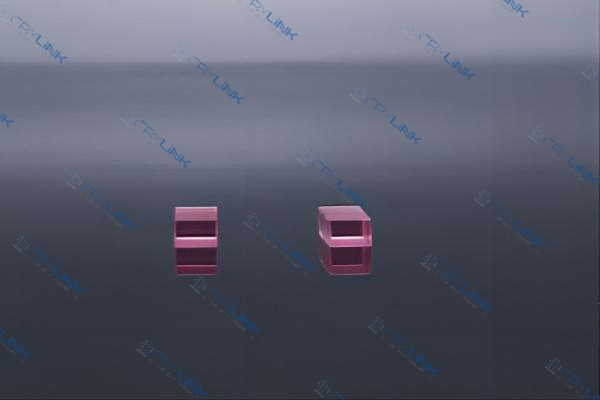
Empowering Technology with Er:Glass Crystals: Significant Applications
Er:Glass crystals are widely used in telecommunications as the primary gain medium in erbium-doped fiber amplifiers (EDFAs). These amplifiers are crucial components in optical communication systems, used to boost the signal strength in long-distance fiber-optic cables.
In addition, Er:Glass lasers are often used in medicine for skin rejuvenation and hair removal treatments. Their 1.5 micrometers wavelength is well absorbed by water, making it ideal for such dermatological procedures.
Moreover, due to their high energy storage capability, Er:Glass crystals are used in range-finding and LIDAR (Light Detection and Ranging) applications. These applications leverage the high-energy pulses produced by Q-switched Er:Glass lasers.
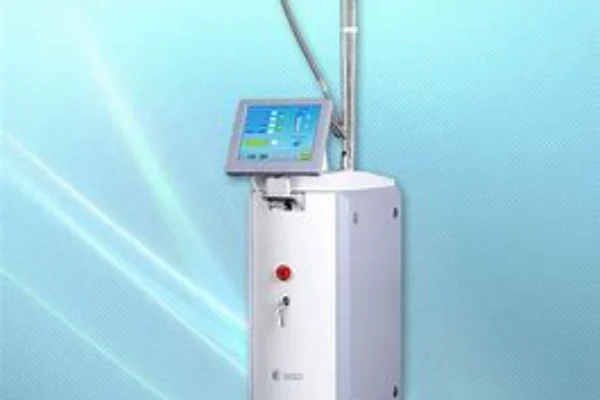
Shining Light on Yb:YAG Crystals: Unique Properties and Characteristics
Yb:YAG crystals are another popular laser gain medium, highly regarded for their superior spectroscopic properties. They exhibit a large absorption bandwidth, a high quantum efficiency, and a low quantum defect, all of which contribute to their impressive laser performance.
A large absorption bandwidth enables Yb:YAG crystals to absorb pump light more efficiently across a broad spectrum. This property allows for more flexible and cost-effective laser design as the crystals can be efficiently pumped with a variety of sources.
Moreover, Yb:YAG crystals have a high quantum efficiency, meaning that a large portion of the pump light absorbed by the crystal is converted into laser light. This leads to higher overall laser efficiency.
Lastly, Yb:YAG crystals exhibit a low quantum defect, which results in a reduced heat load during laser operation. This makes them particularly suitable for high-power laser applications.
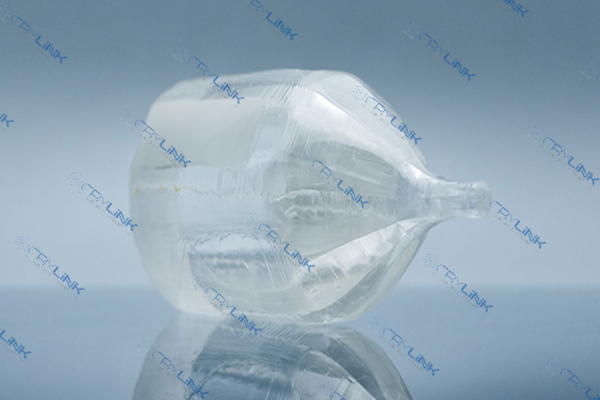
Advancing Technology with Yb:YAG Crystals: Core Applications
Yb:YAG crystals find extensive use in high-power industrial lasers for cutting, welding, and marking applications. Their high efficiency, broad absorption band, and low heat load make them a go-to choice for such demanding applications.
In medicine, Yb:YAG lasers are used for ophthalmic surgeries such as cataract and refractive eye surgery. Their high precision and minimal thermal side effects make them ideal for these delicate procedures.
Lastly, Yb:YAG crystals are also employed in spectroscopy and LIDAR applications, owing to their high power, excellent efficiency, and good beam quality.

The Future of Laser Gain Media: Pioneering Research and Developments
As we forge ahead, scientists are particularly interested in finding ways to increase the power output and efficiency of these laser gain media. For instance, the development of novel doping techniques could potentially enhance the concentration and distribution of the active ions in the crystals, leading to a higher laser output. Improvements in fabrication processes are also under investigation, with a focus on creating crystals with fewer structural defects, leading to superior laser performance.
Simultaneously, there’s a rising interest in thermal management solutions for these laser crystals. The development of advanced cooling systems and the use of composite crystal structures are some of the strategies being explored to tackle the issue of heat build-up during laser operation. These improvements would enable the crystals to operate at higher powers without compromising their performance or longevity.
In addition, research is also being directed towards exploiting the unique properties of these crystals for newer applications. For instance, the high energy storage capability of Er:Glass is being studied for its potential use in high-power pulsed laser systems. Similarly, the broad absorption bandwidth of Yb:YAG is being explored for its suitability in tunable laser systems.
As we continue to uncover the potential of Nd:YAG, Er:Glass, and Yb:YAG crystals, it’s clear that their influence extends beyond their current applications. Through ongoing research and development, we are bound to witness the advent of next-generation laser systems that are more powerful, efficient, and versatile than ever before. This exciting journey of discovery is a testament to the limitless possibilities that these laser gain media offer, reinforcing their crucial role in the future of laser technology and photonics.
Conclusion
In conclusion, the impact of Nd:YAG, Er:Glass, and Yb:YAG crystals as laser gain media cannot be overstated. They are the driving force behind numerous laser applications, offering superior performance and unique advantages that are integral to their respective domains. As we continue our stride into the era of photonics, the relevance of these crystals is set to grow exponentially.
They are expected to spur breakthrough innovations, pave the way for new applications, and redefine the boundaries of laser technology. From enhancing telecommunications and revolutionizing healthcare to bolstering defense capabilities and advancing manufacturing processes, their influence is pervasive. As they shape the present, these crystals are also sowing the seeds for a future replete with technological marvels, pushing us forward on the path of discovery and progress.
FAQs
- Q1: What makes Nd:YAG crystals a preferred choice for laser gain media?
- A1: Nd:YAG crystals exhibit high thermal conductivity, robust mechanical properties, and excellent optical qualities. Their high gain, low threshold, and high efficiency make them an optimal choice as a laser medium.
- Q2: Where are Er:Glass crystals commonly used?
- A2: Er:Glass crystals are widely used in telecommunications as the primary gain medium in erbium-doped fiber amplifiers (EDFAs). They are also used in medicine for skin rejuvenation and hair removal treatments, and in range-finding and LIDAR applications.
- Q3: What unique spectroscopic properties do Yb:YAG crystals possess?
- A3: Yb:YAG crystals exhibit a large absorption bandwidth, a high quantum efficiency, and a low quantum defect. These properties contribute to their impressive laser performance.
- Q4: What is the role of laser gain media in a laser system?
- A4: The laser gain medium is the heart of a laser system. It is the material that amplifies the light signal by the process of stimulated emission. The performance of a laser is strongly influenced by its gain medium.
- Q5: How is the future of laser technology influenced by these laser gain media?
- A5: Research in the field of laser gain media continues to explore the potential of Nd:YAG, Er:Glass, and Yb:YAG crystals. The advancements in this field will bring forth improvements in laser performance, thermal management, and fabrication processes, which in turn will shape the future of laser technology.


